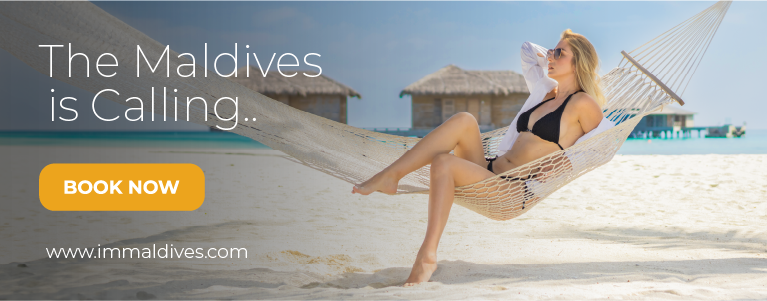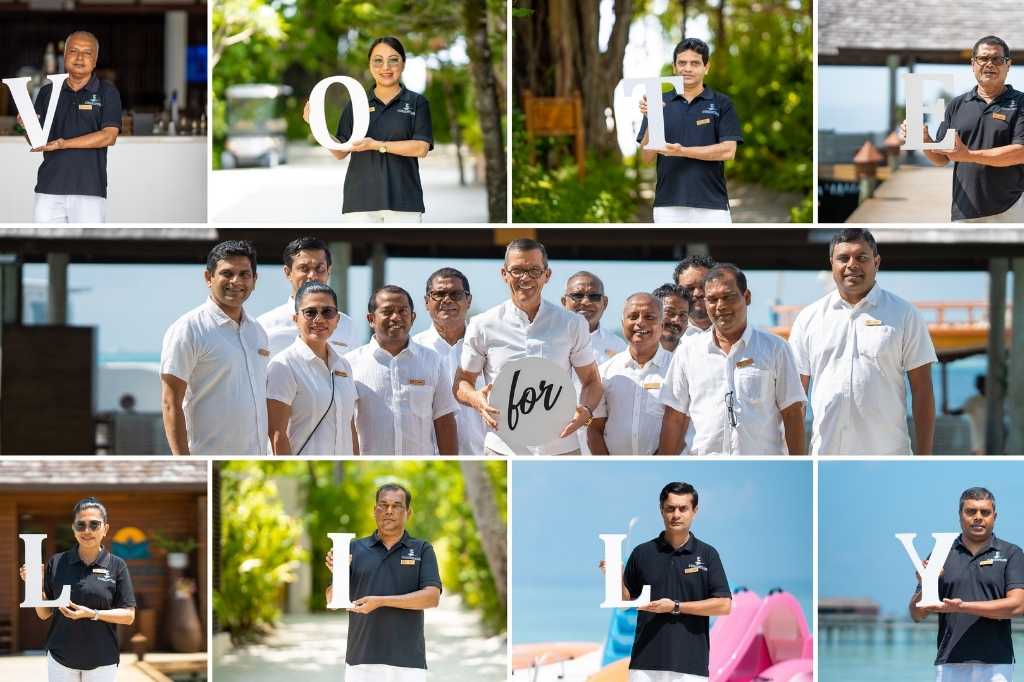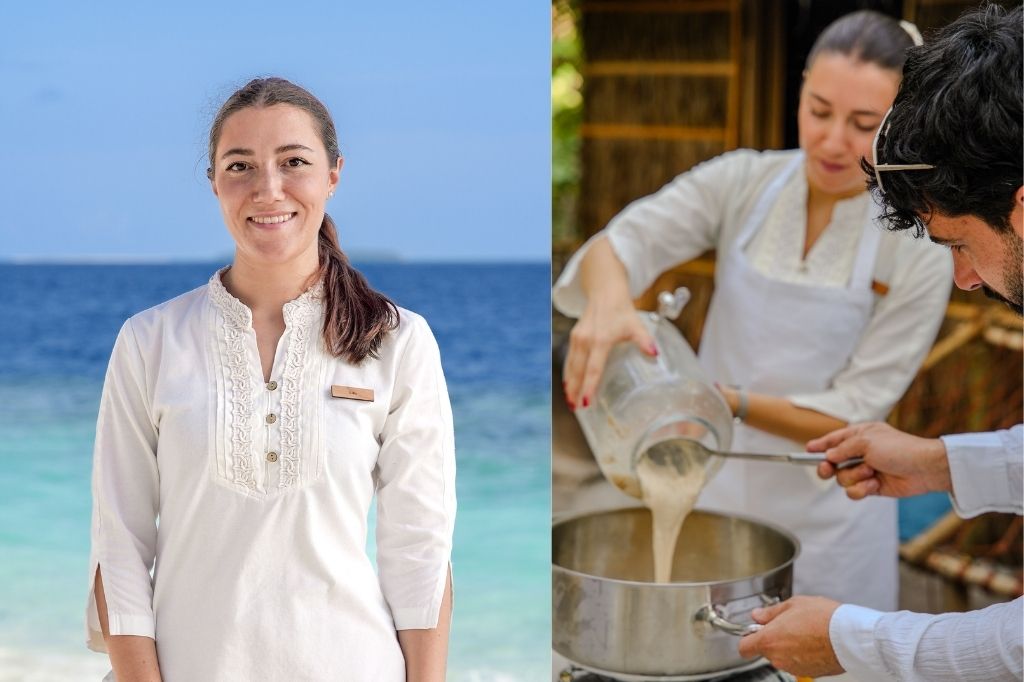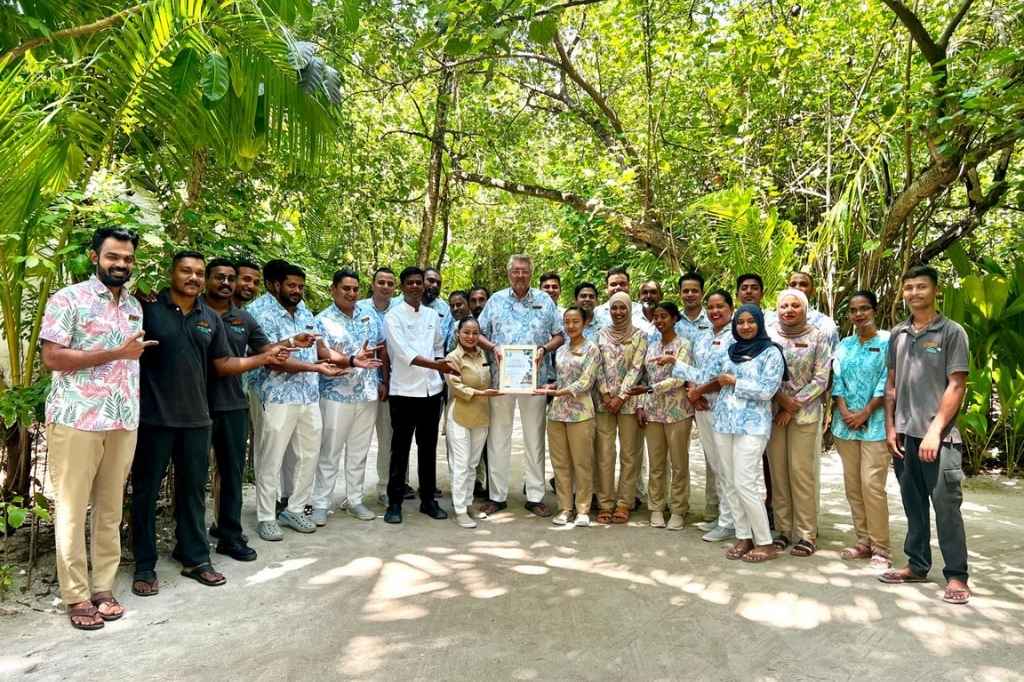A green turtle has discovered a safe sanctuary to birth a new generation at Grand Park Kodhipparu, Maldives. The resort for the second time this year announced another endangered sea turtle species discovered a safe ecosanctuary to lay her eggs.
This year in four months of the first-ever nesting at the resort, Grand Park Kodhipparu was fortunate to welcome a very special Green Sea turtle also known as Chelonia Mydas. Chelonia Mydas is considered one of the largest sea turtles and a strict herbivore.
The Role of Green Turtles in the Ecosystem
Based on reports from the resort’s marine biologists and professional divers stationed around the Maldives, Green turtles matter to the marine ecosystem as they graze on seagrasses and algae, which maintains the seagrass beds and makes them more productive keeping them healthy.
Seagrass consumed by green turtles is quickly digested and becomes available as recycled nutrients to the many species of plants and animals that live in the seagrass ecosystem. Seagrass beds also function as nurseries for several species of invertebrates and fish.
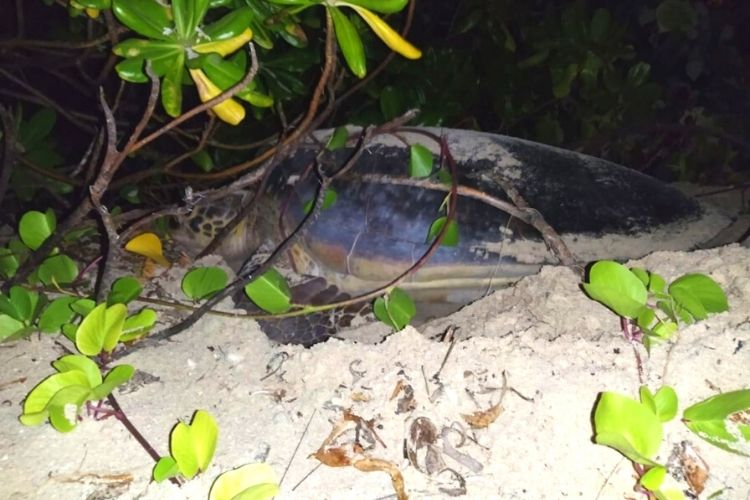
We were fortunate to welcome a very special Green Sea turtle also known as Chelonia Mydas, considered one of the largest sea turtles and a strict herbivore who trusted our beach to safeguard her eggs. It’s a fabulous feeling for our green team when nature rewards us with joyful moments in this manner, for the commitment to protecting the environment, the ocean and our reefs we are surrounded by in the Maldives.
A statement by Grand Part Kodhipparu, Maldives.
Why do Turtles Return to the Same Beach?
Sea turtles return to the beaches on which they were born to lay their eggs. The reason for returning to native beaches is that it guarantees the turtles an environment that has the necessary components for their nesting to be successful. These include a sandy beach, easy access for the hatchlings to get to the ocean, the right incubation temperatures, and a low probability of predators that may feed on their eggs.
Over time these turtles have evolved these tendencies to return to an area that has provided reproductive success for many generations. Their ability to return to their birthplace is known as natal homing. The males also return to their birthplaces in order to mate, they return to their homes as they know they will be able to find mates because the females born there also return to breed. By doing this, the green sea turtles are able to improve their reproductive success and is why they are willing to expend the energy to travel thousands of miles across the ocean in order to reproduce.
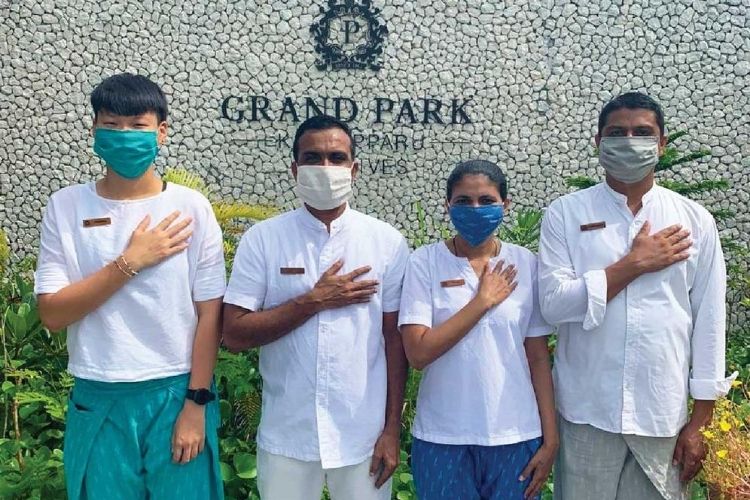
We look forward to welcoming our second sea turtle hatchlings by the beginning of October at Grand Park Kodhipparu, Maldives this year. This event rewards the extraordinary efforts of our green team members who are daily processing environmental activities, keeping our reefs and shores safe and clean, as well as promoting sustainable educational modules to both guests and staff.
Raffaele Solferino, the General Manager of Grand Park Kodhipparu said.
About Grand Park Kodhipparu, Maldives
Grand Park Kodhipparu is located on North Malé Atoll and a mere 20 minutes by speedboat from Velana International Airport. The resort is a luxurious one-island-one resort destination in the Maldives featuring a collection of 120 villas. The villas include idyllic beach-front pool villas, breathtaking overwater villas, and spacious two-bedroom villas. Designed by world-renowned hospitality firm, Hirsch Bedner Associates, the resort is an oasis of luxury and tranquillity featuring open and breezy public spaces alongside modern interiors inspired by the Maldivian the island, local traditions and crafts.
An unrivalled range of leisure facilities at the resort includes an overwater spa with seven treatment rooms, a fully-equipped PADI dive facility, a recreation beach club, Little Explorers kids’ club, three outstanding destination-dining offerings and an infinity pool.



